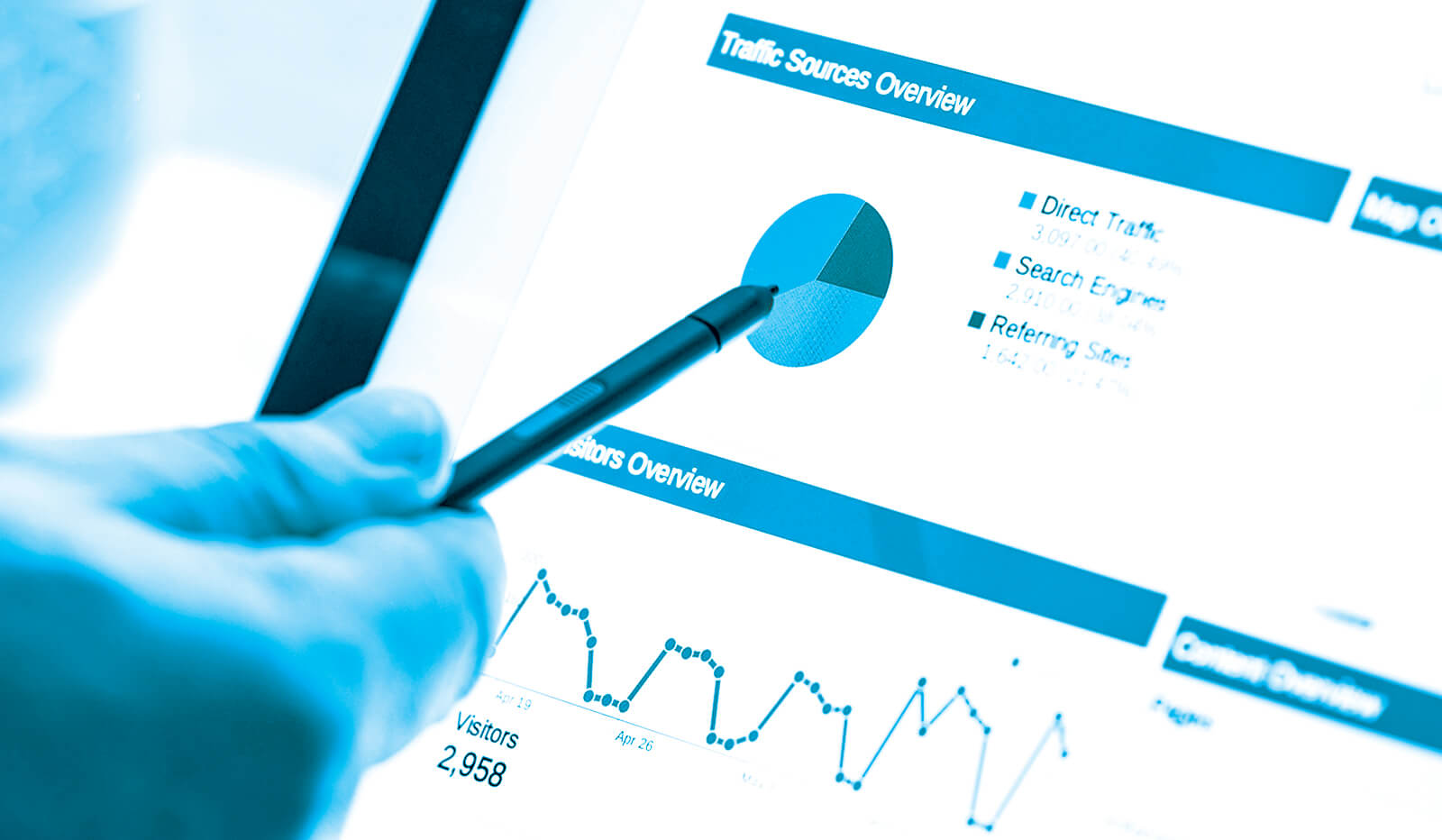 As discussed in the last article in this series, IoT is fast becoming ubiquitous, affecting virtually all industries and creating tremendous volumes of data and network traffic. In this article, we’ll discuss how to use IoT for marketing.
As discussed in the last article in this series, IoT is fast becoming ubiquitous, affecting virtually all industries and creating tremendous volumes of data and network traffic. In this article, we’ll discuss how to use IoT for marketing.
Social vending machines and smart buildings
There are several examples of disruptive marketing that leverages IoT. Take Appirio’s social media-powered vending machine. First debuted at the Dreamforce cloud computing event, the vending machine required users to interact with it via Twitter to receive cool swag. This is indicative of a larger trend towards social access management, where entire buildings are designed to leverage IoT and social media for enhanced, frictionless experiences. An early example of this is restaurants and coffee shops like Starbucks that let users order in advance, allowing them to skip the line and pick up their order when they arrive.
A more advanced example of smart buildings is IBM’s with KONE, an industry leader in elevator and escalator manufacturing. What do elevators have to do with marketing? The team at IBM is making elevators smart to create a more seamless, personalized consumer flow. Imagine you’re on the second floor of a mall, where you have just visited three men’s clothing stores. You then get in an elevator and hit the button for the third floor. Given the stores you visited on the second floor, the elevator will show you ads for more men’s clothing stores on the third. And if it’s snowing outside, the ad will further customize to show you winter jackets.
When it comes to IoT for marketing, it will always be about the data
But the real effect of IoT for marketing is being seen in data collection. Estimates of potential amounts of data vary, with some analysts predicting that by 2020 there will be more than 13 billion IoT connected devices, with others predicting as many as 1 trillion. The implications of this are hard to overstate. Take the manufacturing industry. Cars, home appliances, wearables, factory equipment, and even toys are all connected to the Internet. This means that for the first time in history, marketers have visibility into how, when and where their customers use their products. Imagine the insights that can be gained from this kind of always-on focus group.
One simple but powerful example can be seen in email marketing. Advanced email marketers know that the two best times to upsell a customer is when they first receive your initial product, and when they first experience the primary benefit of that product, because these are the two moments at which your customer is most excited about the product and your brand. Timing the first is usually easy; just email them soon after the package is delivered. The second has proven more challenging. But with IoT-connected devices, marketers can see these events happen in real time more than ever before.
Marketers also have considerably more visibility into what’s impacting a sale. With potentially unlimited touchpoints, every interaction creates an opportunity to optimize for conversions and foster better customer relationships and brand loyalty.
This is further augmented by the fact that IoT data is real-use data, as opposed to surveys or focus groups. While these traditional data gathering methods can be effective, self-report measures do not always correlate with behavioral outcomes. Real-use data lets marketers make reliable, valid conclusions about customer actions on which they can make data-driven decisions.
What’s stopping marketers from leveraging IoT right now?
There are several reasons why everyone isn’t using IoT for marketing yet, but the main problem lies in the amount of data collected by IoT devices. As mentioned last week, IoT connected devices are expected to be responsible for the transmission of 2 zettabytes (or 2 billion terabytes) of data per year by the end of 2019. That’s a lot of data, and it’s not obvious how to best go about managing it.
That’s why our next article in this series will cover the ways in which companies are using structured versus unstructured data, machine learning, and cloud technology to create actionable intelligence and drive business outcomes with IoT data.
Have questions now? Get in touch with Hanu to discuss how your IoT initiatives can begin driving marketing initiatives today.



